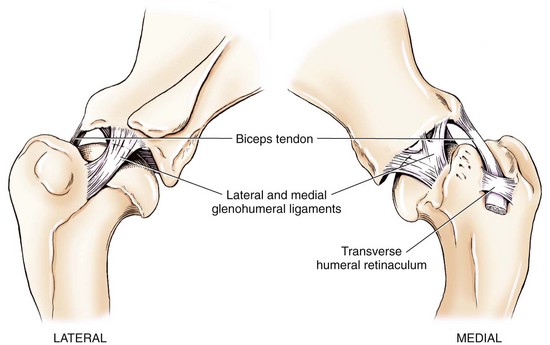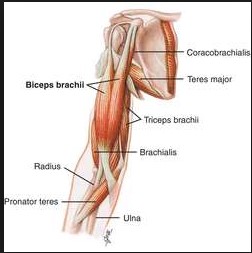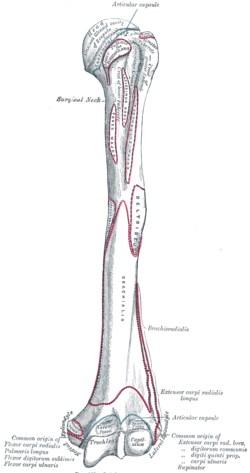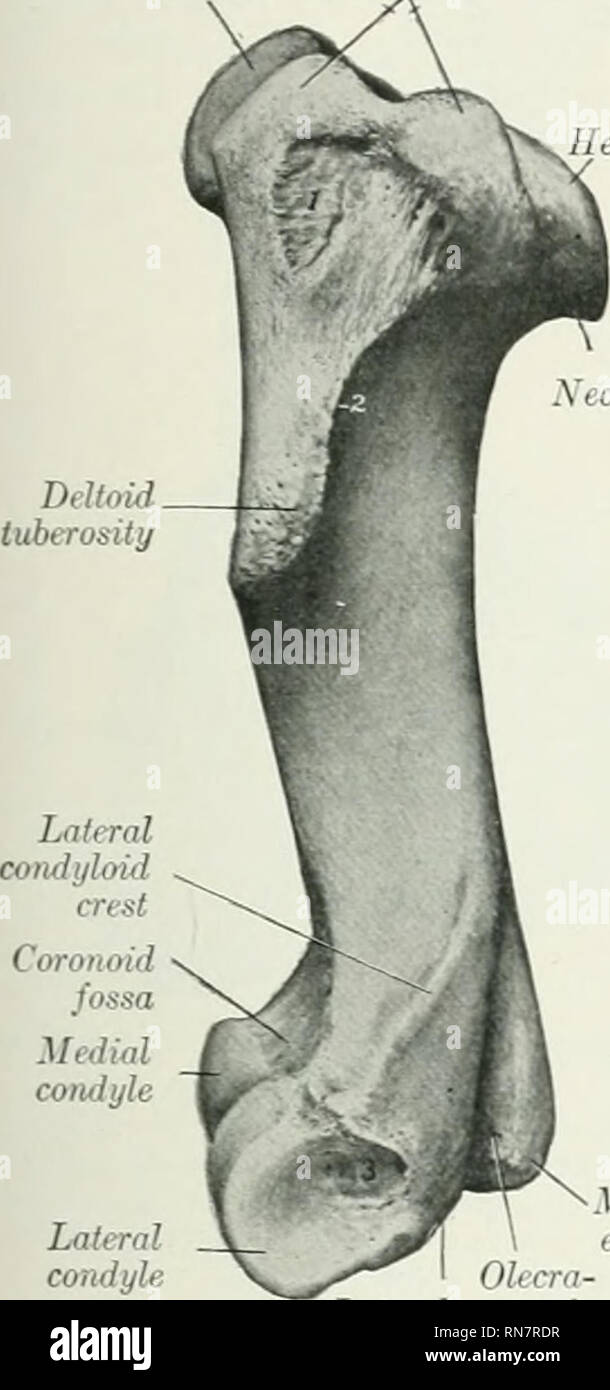Bicipital Groove Dog

The shoulder joint can move in flexion extension abduction and adduction through quite a wide range.
Bicipital groove dog. Ab medical records of 23 dogs with unilateral and 3 dogs with bilateral chronic bicipital tenosynovitis were reviewed. The transverse humeral ligament connects the lesser and greater tubercles. Bicipital tenosynovitis is a chronic tendonitis affecting the shoulder joint in mid to older aged sporting breeds. Bicipital tenosynovitis is inflammation of the origin of the biceps tendon and its surrounding tendon sheath.
4akerblom s sjostrom l. 3stobie d wallace lj et al. The biceps tendon is kept in place by the transverse humeral ligament. Evaluation of clinical radiographical and cytologic findings compared to arthroscopic findings in shoulder lameness in the dog.
A seroma developed in 1 of the 10 dogs in which tenodesis was performed by laterally transposing the biceps tendon through a hole in the greater tubercle. Bardet j f 1999 lesions of the biceps tendon diagnosis and classification. Chronic bicipital tenosynovitis in dogs. Is useful to exclude any concurrent shoulder injury and can show obvious mineralisation within the bicipital groove where the biceps tendon inserts.
J am vet med assoc. Javma 207 2 201 7 pubmed. The long head of biceps brachii muscle runs along this groove. When examining the biceps region radiologically in cases of bicipital tenosynovitis there will be significant calcification of the tendon and presence of bone spurs in the intertubercular groove.
The biceps brachii muscle passes from the superior rim of the glenoid fossa over the head of the humerus and through a synovial sheath in the intertubercular groove. A retrospective study of 25 cases in 23 dogs and one cat. The biceps tendon originates from the front part of the scapula shoulder blade. The intertubercular groove or also known as the bicipital sulcus is a deep groove that begins between the two tubercles and extends longitudinally down the proximal shaft of the humerus.
Vet comp ortho traum 12 4 188 195 vetmedresource. Ultrasound allows assessment of the. The biceps brachii originates in the supraglenoid tubercle of the scapula passes through the intertubercular groove and inserts on the medial and proximal aspect of the. The most common treatment for bicipital tenosynovitis is conservative treatment with physical therapy and exercises.
The bicipital groove intertubercular groove sulcus intertubercularis is a deep groove on the humerus that separates the greater tubercle from the lesser tubercle the bicipital groove lodges the long tendon of the biceps brachii between the tendon of the pectoralis major on the lateral lip and the tendon of the teres major on the medial lip. It also transmits a branch of the anterior humeral. The tendon crosses the shoulder joint passes through the bicipital groove of the humerus and widens into the biceps muscle which attaches onto the radius. The shoulder joint of the dog is composed of the glenoid cavity on the scapula or shoulder blade and the humeral head the top of the upper arm bone.

















